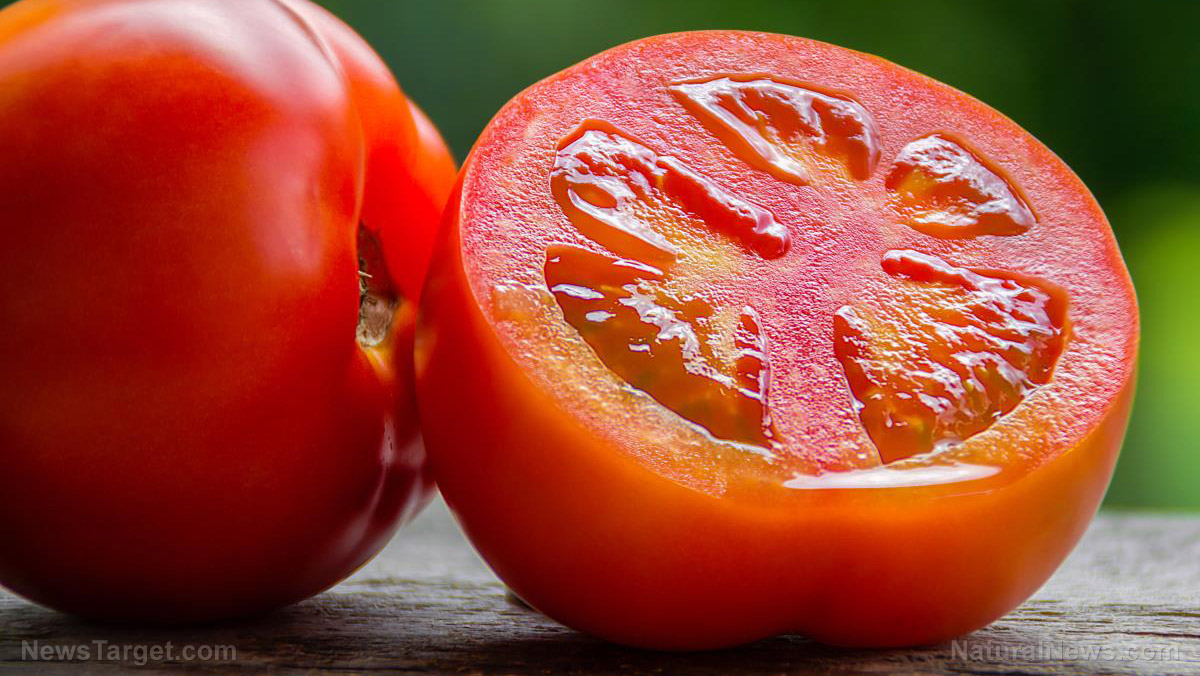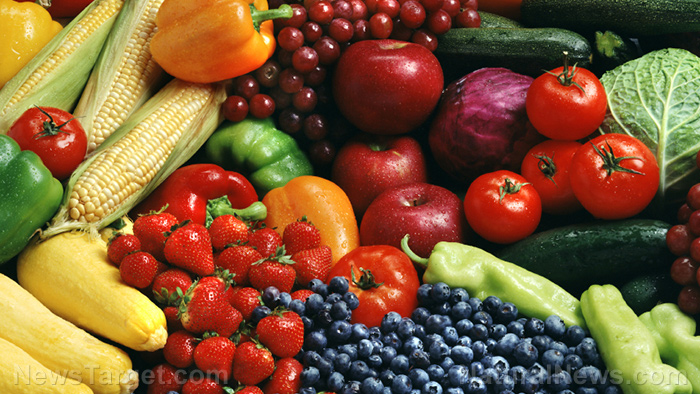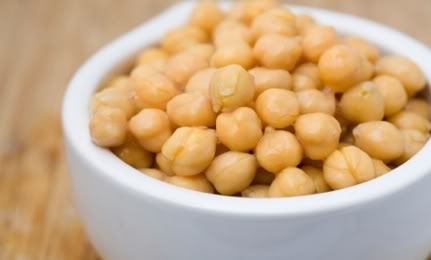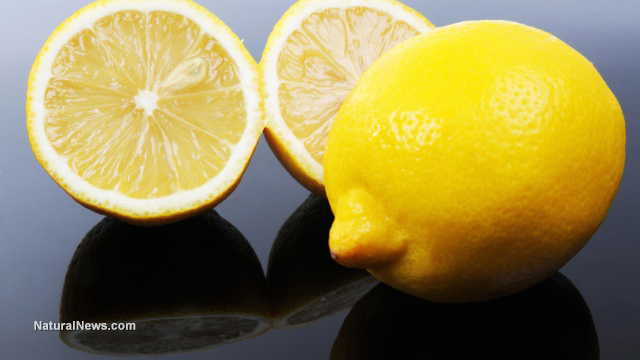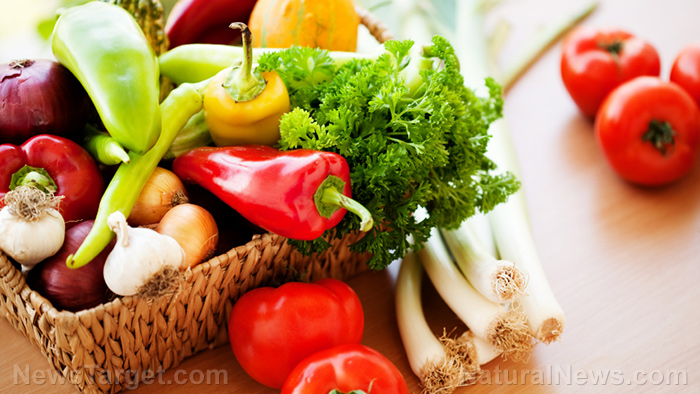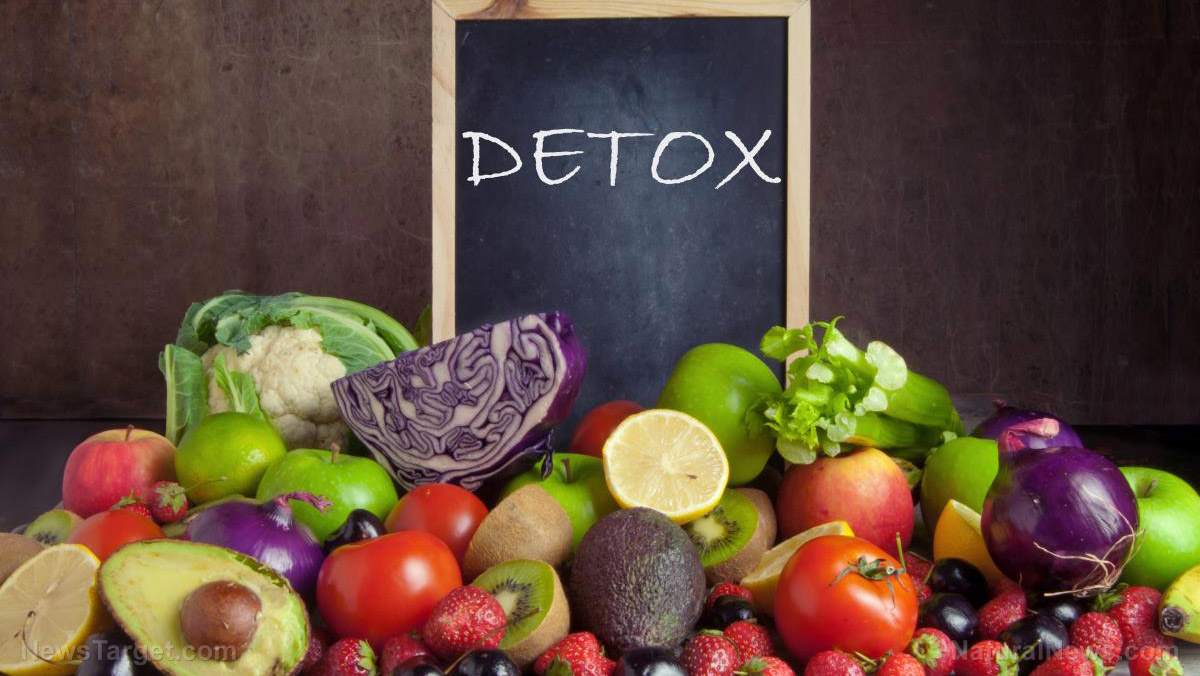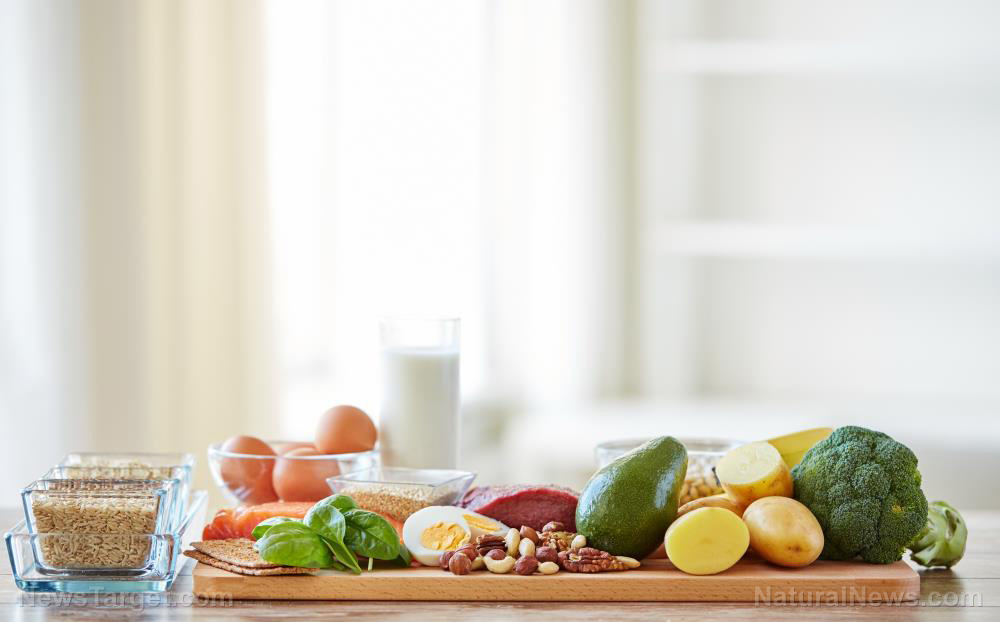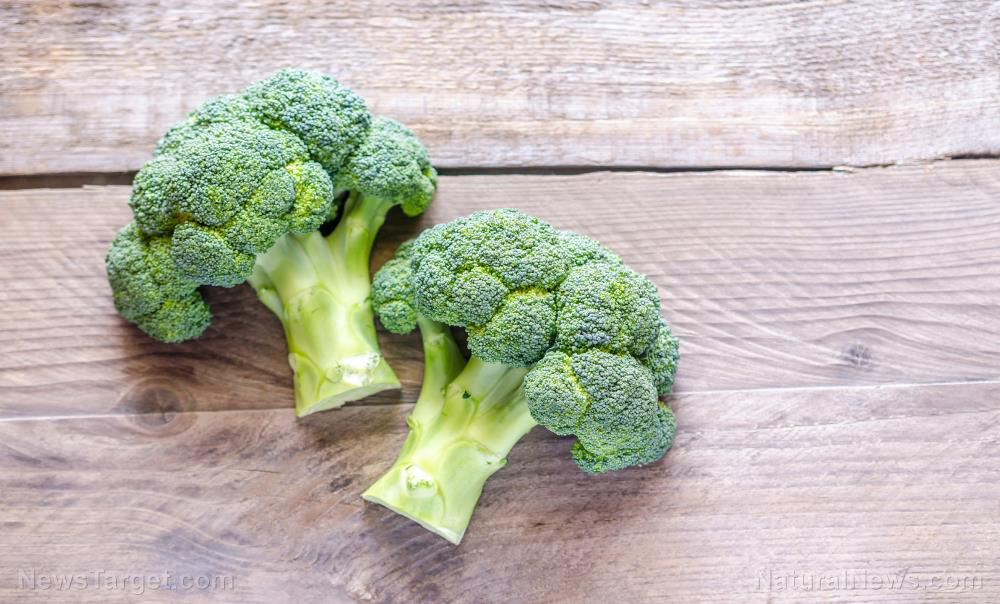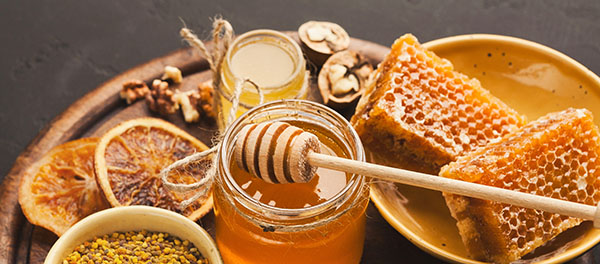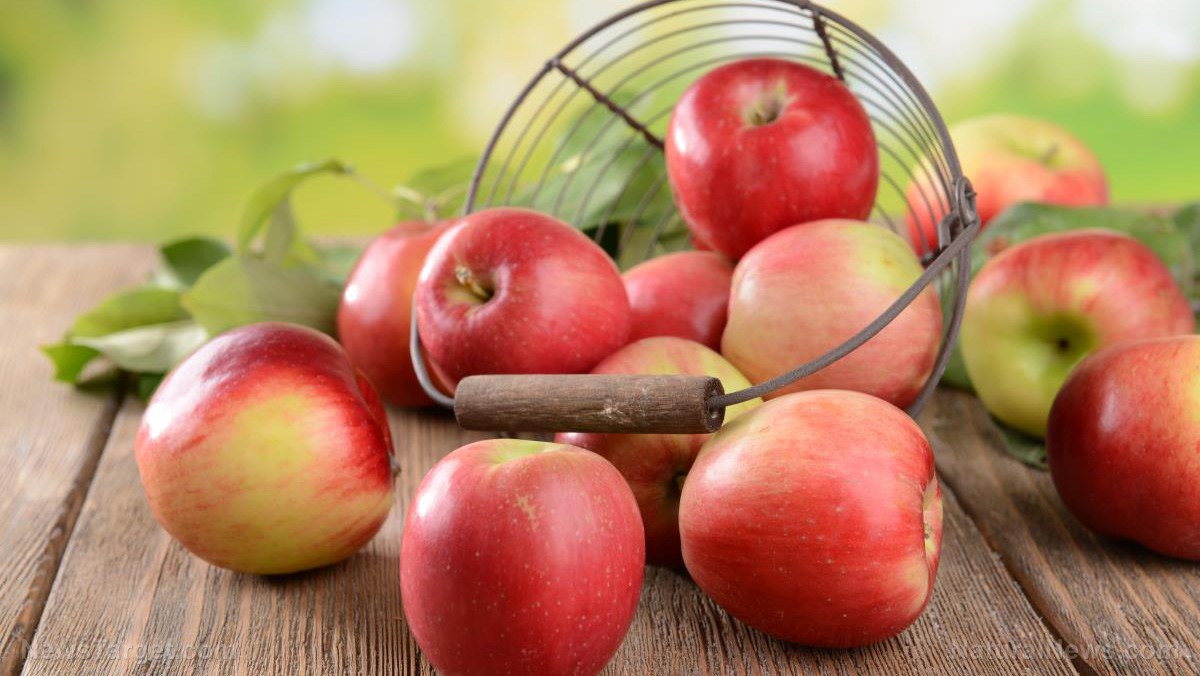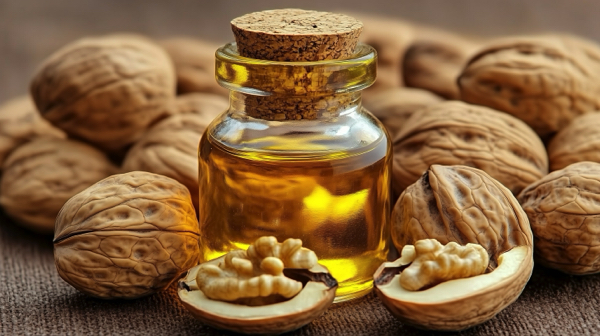Study: Consuming a wide variety of plant compounds is key to a longer, healthier life
06/21/2025 / By Ava Grace
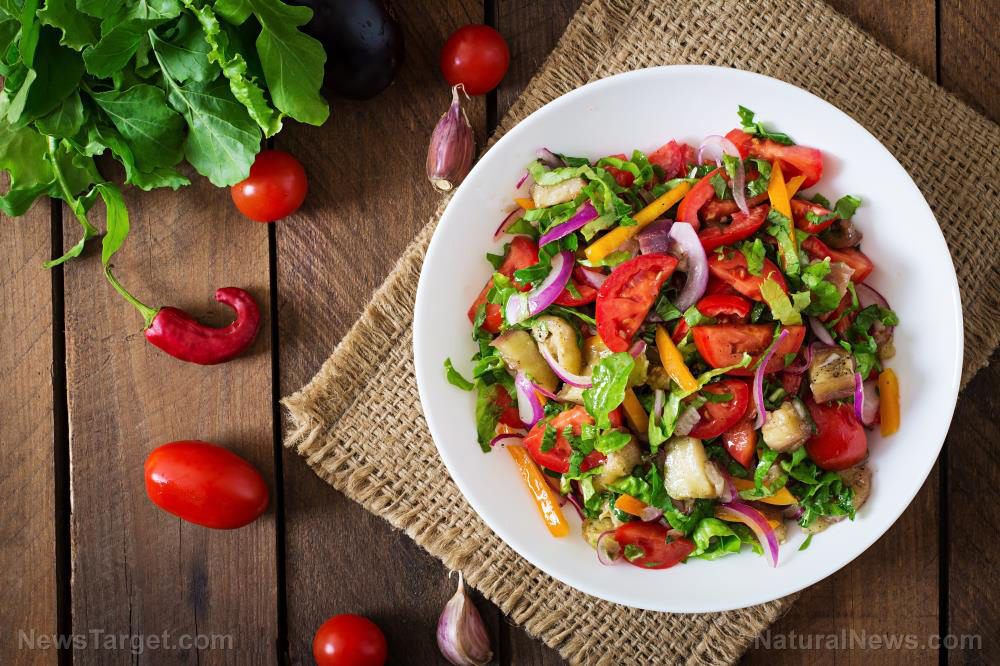
- A landmark study reveals that consuming a variety of flavonoid-rich foods (e.g., tea, berries, apples, dark chocolate) significantly reduces risks of early death, heart disease, diabetes and cancer – more than total flavonoid intake alone.
- Different flavonoids target distinct health mechanisms (e.g., blood pressure, inflammation, cholesterol). Combining sources (tea + berries + citrus) creates synergistic benefits no single “superfood” can match.
- Top protective foods include tea (black/green), berries, apples, dark chocolate (more than 70 percent cacao), grapes and citrus. Small dietary swaps (e.g., tea for soda) yield long-term health gains.
- Seasonal, varied eating – historically practiced – naturally provided diverse flavonoids. The study debunks the myth that isolated supplements outperform whole-food diversity.
- Aim for three t0 four flavonoid sources daily (e.g., tea at breakfast, an apple, berries, dark chocolate). No extreme measures needed – just colorful, plant-rich meals rooted in tradition.
Medical breakthroughs have pushed life expectancies higher for decades, but now a growing crisis looms. People are living longer, yet spending more years battling chronic illnesses. However, a landmark study proposes that diversifying the plant compounds in people’s diets could add not just years, but healthy years, to their life.
The study by researchers from Queen’s University Belfast, Edith Cowan University and the Medical University of Vienna (MUV) tracked over 120,000 adults aged 40 to 70 for more than a decade. Their findings, published June 2 in Nature Food, revealed staggering benefits for those who ate the widest range of flavonoid-rich foods.
The researchers found that adults who consumed a wide variety of flavonoids – natural compounds found in tea, berries, apples and dark chocolate – slashed their risk of early death, heart disease, diabetes and cancer. The findings challenge modern dietary trends, suggesting that variety, not just quantity, may be the missing link to longevity.
Compared to peers with less diverse diets, adults who consumed flavonoids experienced a 16 percent lower risk of dying from any cause and a 10 percent drop in heart disease risk. They also experienced a 20 percent reduction in Type 2 diabetes, and an eight percent decline in cancer and respiratory disease rates.
The most surprising discovery? Diversity mattered more than sheer volume. Even people who consumed the same total flavonoids saw greater benefits when they came from multiple sources. (Related: All the talk about “ultra-processed foods” overshadows the importance of eating FLAVONOIDS.)
Why flavonoid variety beats quantity
Study lead author Dr. Benjamin Parmenter explained that different flavonoids target distinct health mechanisms. For example, tea provides flavan-3-ols, berries deliver anthocyanins, and citrus fruits contain flavanones. Together, they create a protective shield no single “superfood” can replicate.
“Some [flavonoids] improve blood pressure, others reduce inflammation, and some regulate cholesterol,” he said. “Drinking tea alone isn’t enough. You need berries, citrus and dark chocolate to activate these synergistic effects.”
The most protective foods were remarkably accessible. Black and green tea were the top flavonoid sources. These were followed by blueberries and strawberries; apples; dark chocolate (containing 70 percent cacao or higher); grapes (and red wine in moderation); and oranges.
Professor Aedin Cassidy, a co-author of the study, emphasized that small swaps – like tea instead of soda or dark chocolate over milk chocolate – could yield profound long-term benefits. “This isn’t about deprivation. It’s about upgrading everyday choices,” she elaborated.
Professor Tilman Kuhn, another study author, noted that seasonal, varied eating naturally provided diverse flavonoids long before supplements existed. The study by him and his colleagues echo centuries of dietary traditions handed down from humanity’s ancestors.
“The beauty of this research lies in how achievable the recommendations are,” said Kuhn. “You don”t need exotic superfoods or expensive supplements. Just simple swaps using foods you can find at any grocery store.”
The study is the first to prove that flavonoid diversity itself, not just total intake, boosts health independently. It also debunks the myth that isolated supplements are superior. Adopting these habits requires no extreme measures:
- Start with two daily cups of tea (500 mg of flavonoids, linked to a 16 percent lower mortality risk).
- Snack on frozen or fresh berries.
- Choose dark chocolate with at least 70 percent cacao.
- Eat an apple (different varieties offer unique compounds).
- Add citrus like oranges or grapefruit.
- Aim for three to four flavonoid sources daily—tea at breakfast, an apple mid-morning, berries at lunch and dark chocolate as an evening treat.
As lifespans stretch but chronic diseases rise, this study underscores a timeless truth. The prescription for longevity is simple, affordable and rooted in history. Eat the rainbow, and let nature’s chemistry work.
Watch this clip about the importance of a heathy eating style rather that a diet.
This video is from the Arukah-Holistic Health channel on Brighteon.com.
More related stories:
Study: Curcumin enhances bioavailability of green tea flavonoids.
The importance of quercetin in muscle health.
Dark chocolate flavonoids reduce high blood pressure.
Sources include:
Submit a correction >>
Tagged Under:
aging secrets, alternative medicine, eat the rainbow, flavonoid diversity, flavonoids, food cures, food science, health science, longevity, natural health, natural medicine, nutraceuticals, plant compounds, plant medicine, research
This article may contain statements that reflect the opinion of the author
RECENT NEWS & ARTICLES
Antioxidants.News is a fact-based public education website published by Antioxidants News Features, LLC.
All content copyright © 2018 by Antioxidants News Features, LLC.
Contact Us with Tips or Corrections
All trademarks, registered trademarks and servicemarks mentioned on this site are the property of their respective owners.

